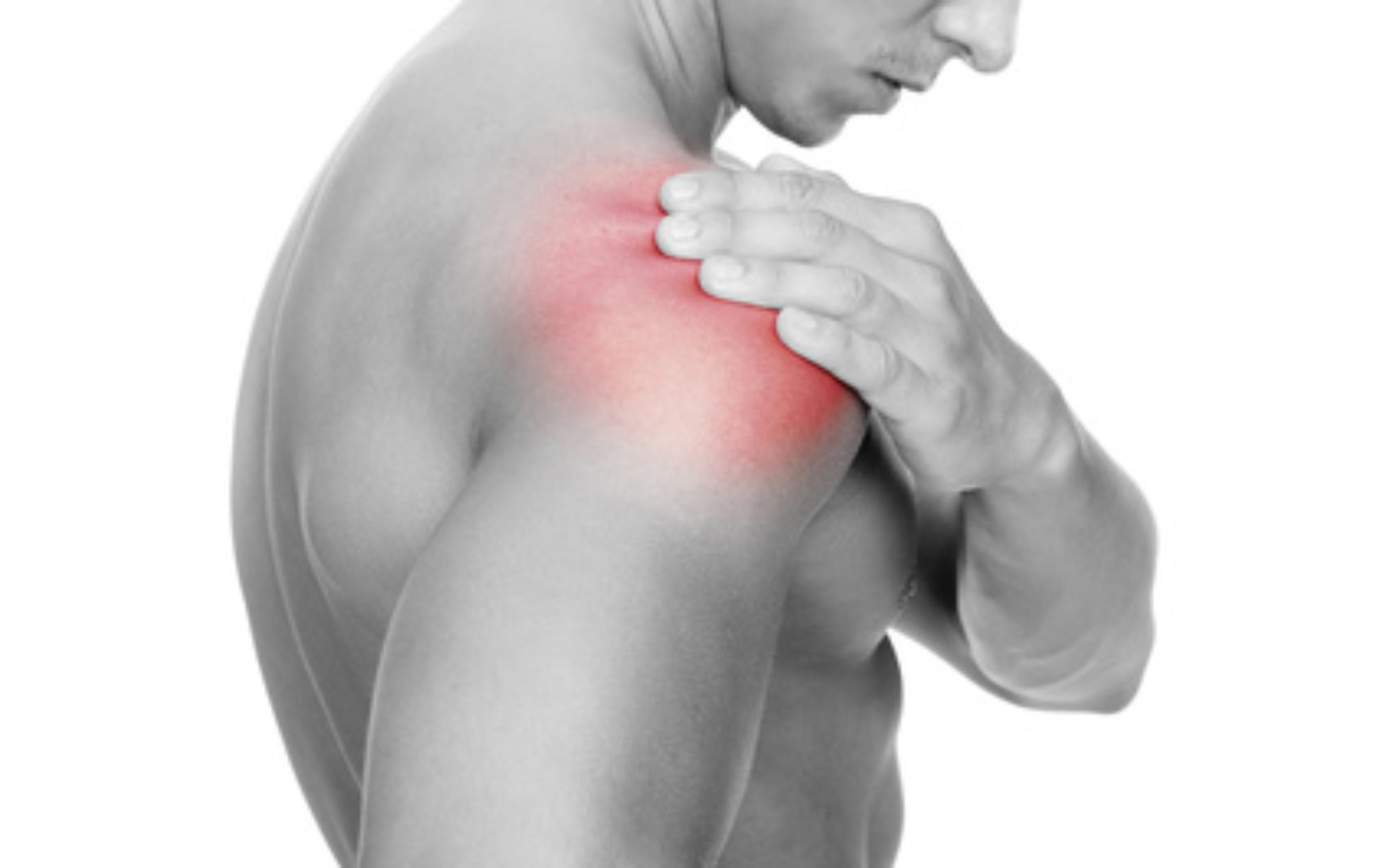Anatomy
Osteoarthritis can affect any joint in the body but is more common in joints in the lower limb weight-bearing joints, eg hip and knee.
A joint is formed where two bones meet. The ends of the bones, which form the joint, are covered in articular cartilage.
This provides a smooth, slippery and low friction surface that also cushions the joint. Healthy cartilage absorbs stress and allows the bones to glide across each other smoothly.
Osteoarthritis
The word arthritis means joint inflammation. Also known as ‘degeneration’ or ‘wear and tear’ arthritis, osteoarthritis is the most common type of arthritis and develops over a long period of time.
It affects the articular cartilage, which can start to wear away. Sometimes this affects one side of the knee joint more than the other.
What is high tibial osteotomy (HTO)?
This is an operation, which aims to change the weight bearing forces that pass through the knee.
If you have osteoarthritis (wear and tear) and it only affects one side of the knee, it may be appropriate to have a HTO.
The operation is aimed at younger patients to avoid/delay total knee replacement. This is because total knee replacement does restrict activity levels and having one at a young age means it is more likely to wear out.
The benefits of surgery
Pain is usually the common complaint. This operation aims to reduce or get rid of the pain. It has a success rate of 70-90%. Other benefits include improved lifestyle and delay to full knee replacement.
Alternatives to HTO surgery
Alternatives to surgery include:
- Conservative measures, these include painkillers anti-inflammatories, using a walking stick.
- Kinespring implantation: the insertion of a shock absorber under the skin but outside the knee joint.
- A unicompartmental (or partial) knee replacement. This replaces the osteoarthritic side of the joint and replaces it with metal and plastic. This is still a knee replacement, it does not allow you to return to high impact activities (e.g. running). In younger patients it is likely to wear out and require revision.
- Total knee replacement. This remains an option but in younger patients it too is likely to wear out and require revision. It also will not let you return to high impact activities.
The procedure
The shinbone (tibia) is cut. A piece of bone is taken from the front of the pelvis and this bone graft is placed into the cut made in the shin. A metal plate (the AO Tomofix plate) is used to hold the cut tibia and bone graft in place. The knee can change position so that instead of the leg being straight it can look knocked kneed. This is normal.
Complications
Complications do occur. Some are minor and some require further surgery. It is important you understand this before proceeding with surgery. Examples include:
Complication
- Anaesthetic risks (discussed with your anaesthetist)
- Delayed bone healing
- Fracture into the knee joint
- Superficial infection
- Deep infection into the joint
- Knee stiffness
- Deep vein thrombosis (clot in the calf)
- Pulmonary embolism (clot in the lung)
- Compartment syndrome
- Temporary nerve injury
- Permanent nerve injury
- Reflex Sympathetic Dystrophy (abnormal pain reaction)
- Further surgery to knee
- Conversion to total knee replacement
If you smoke, you need to stop before the operation as continuing to smoke could cause the bone not to heal and increase risks of chest infection and clots in the leg or to the lung. You may be given an injection of blood thinner to reduce the risk of clot problems.
Any surgical intervention can theoretically result in mortality (death), it is extremely rare for this to happen for this procedure but recent legal rulings have mandated this be mentioned.
Discharge Instructions
The wound is to be kept dry until healed and the dressing is not to be disturbed unless soiled and a clean one applied.
Regular ice application (10-15mins every 1-2 hours).
You will be given pain relieving medications to take home with you, please take these as prescribed to prevent pain from building up to a level that is hard to control.
Physiotherapy appointment arranged. Expect bruising in the thigh and lower leg.
Remember your scar is highly susceptible to the sun, and use of a higher factor sun block is advised.
General Advice
Return to work will depend greatly on the job that you do (desk-based jobs 2-4 weeks; manual jobs 6-12 weeks; jobs requiring ladders etc. 3-4 months).
Return to driving at 6 weeks for manual geared cars and automatic cars if it is the right leg that has been operated on. If it is the left leg that has been operated on, you may drive an automatic car once the wounds are healed at 2 weeks.
You should notify your insurance company of the procedure that has been undertaken to ensure that your cover is valid.
Flying is not recommended for 8 weeks following surgery due to a higher risk of developing a blood clot.
Adapted with permission from https://orthoinfo.aaos.org

